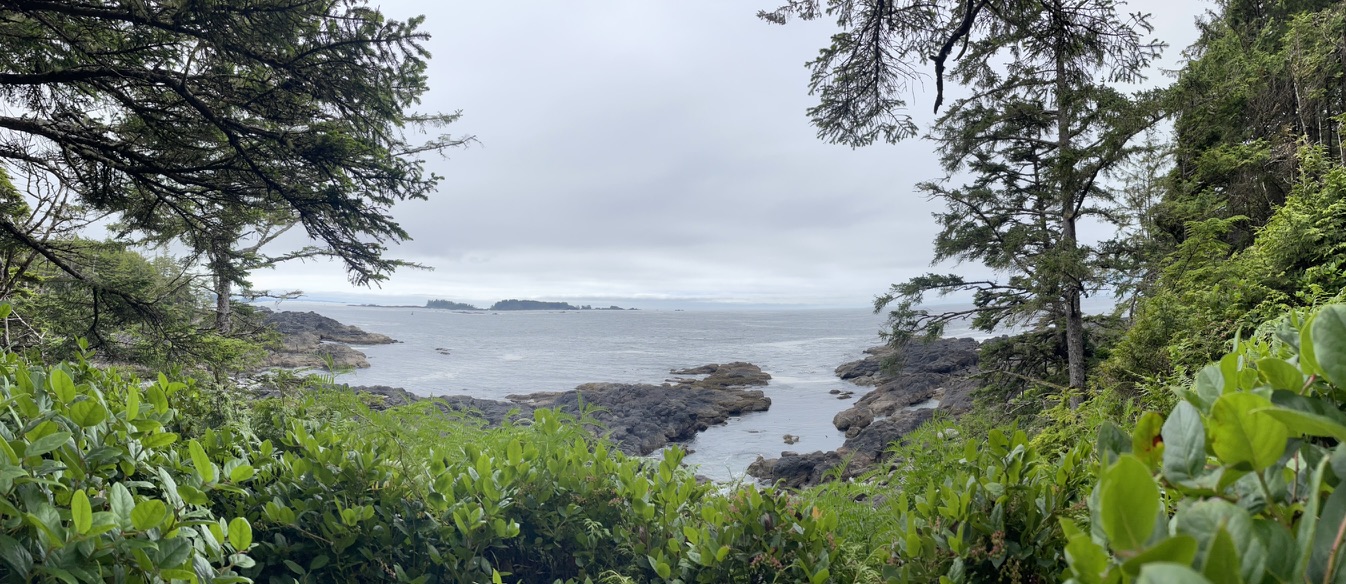Drama Triangle and Conflict
Have you ever found yourself caught in drama or conflict and wondered what was happening? It is probably safe to say if you have ever been in toxic conflict you have most likely experienced playing a role in the Drama Triangle. This term first coined by Stephen Karpman is a theory that we can all fall into roles that can develop into unhelpful or dysfunctional patterns of behavior in conflict.
If you can picture a triangle with one side to the left being a victim. The victim is often viewed or sees themself as being powerless or a “victim of their circumstances”, or “poor me”. This is not true for a true victim or abuse but rather someone who sees themself as a victim and is often oppressed, helpless, hopeless and incapable of solving one’s issues. The victim will often seek out a persecutor to reinforce their role as the victim or even a rescuer who can save them from their situation.
On the right hand side of the drama triangle you will have the rescuer, “I will save you, poor you let me help you”. This is also sometimes referred to as an enabler or codependent. A rescuer will often be able to avoid their own stresses or issues in allowing a victim to become dependent on them to rescue. They often need to be needed and will feel guilty if they cannot rescue someone. When a rescuer cannot rescue they may slide into the role of being the persecutor.
At the bottom of the triangle you have the persecutor, “It’s all your fault”. Sometimes referred to as the bully or villain. The persecutor is often very blaming, critical, rigid, angry and superior. If blamed a persecutor will often shift into a victim or a rescuer.
So what maintains a drama triangle? Often unconsciously we can quickly find ourselves pulled into some of these roles or even normalized them through our experiences managing conflict. From a psychological perspective it is often need driven and most times it can be difficult to recognize the harm caused by being in this drama triangle.
So how do we escape this dynamic? The first step is often to recognize and draw awareness to the situation and the role you are playing within this dynamic. This is often a helpful place to start counseling to work through conflict styles and roles within the drama triangle. With this comes acceptance, the tough one. Acceptance is not about self shame or being overly critical. I think everyone can relate to playing roles within a drama triangle at different points and relationships they have been in.
There is also a winners triangle or empowerment triangle that you can work towards stepping out of the drama triangle to foster healthier conflict in relationships. From a rescuer to a coach, “I am listening”, set boundaries and be there to support someone to address their problems. A coach asks questions and is empathetic to someone’s concerns.
A victim can develop skills to become a creator of problem solving, “ I am struggling”. A creator becomes more interested in solving problems and less interested in only focusing on the problem. A victim therefore becomes a survivor of their problems, evoking hope and confidence.
Lastly the persecutor becomes the challenger, “I hear you”, assertive but not aggressive. Challenging is not blaming but rather empathetic and supportive. A challenger can help a victim to see their strengths, value and worth while still holding them accountable to their situation.
The drama triangle will only exist if we continue to play a role within the triangle. Sometimes this will take boundaries and shift back to being vulnerable and compassionate. It is also ok to be a sympathetic listener in conflict as we often all want to be heard and seen. Sometimes breaking habits or patterns in relationships can take time.
Carrie-Lee, MACP is a Canadian Certified Counsellor with the Canadian Counselling & Psychotherapy Association and specializes in the areas of stress management, personal growth, as well as many others. For more information on Carrie-Lee and her work, click here to link to her full bio page.




